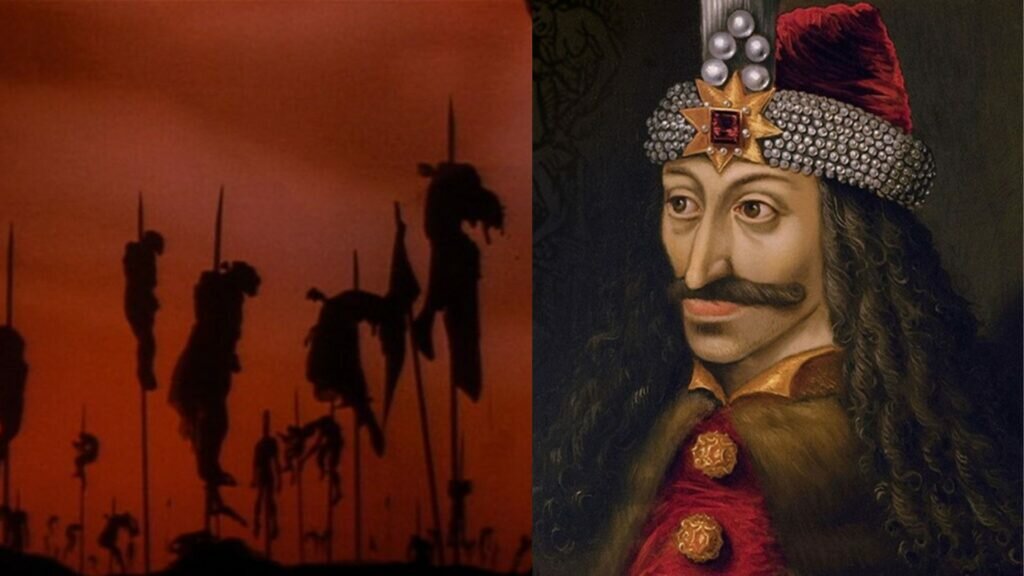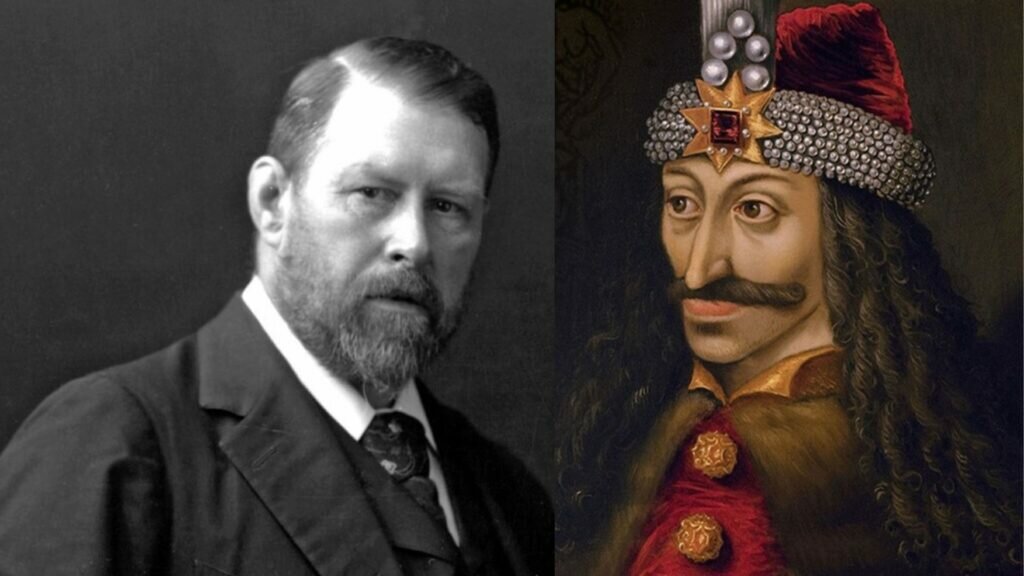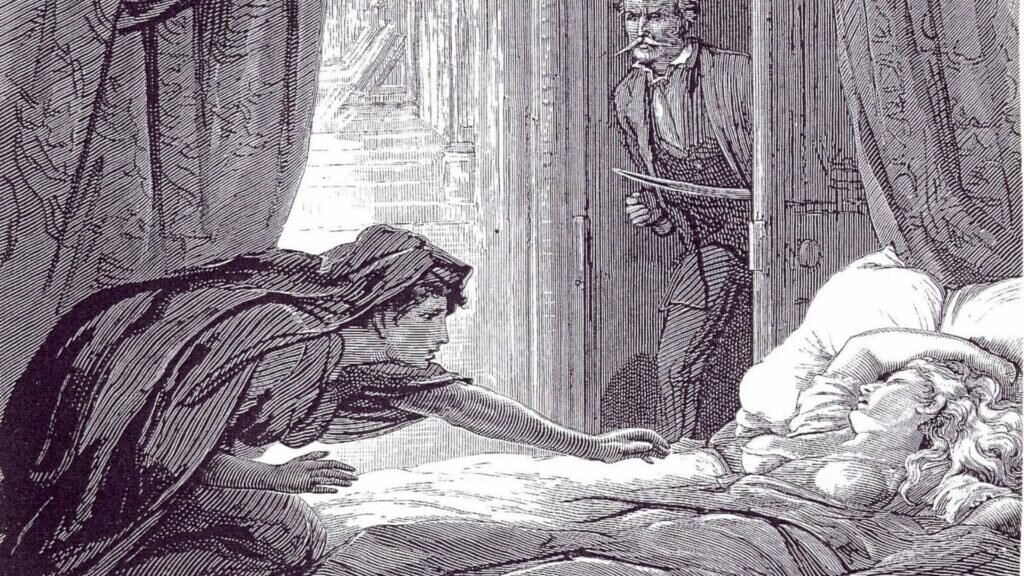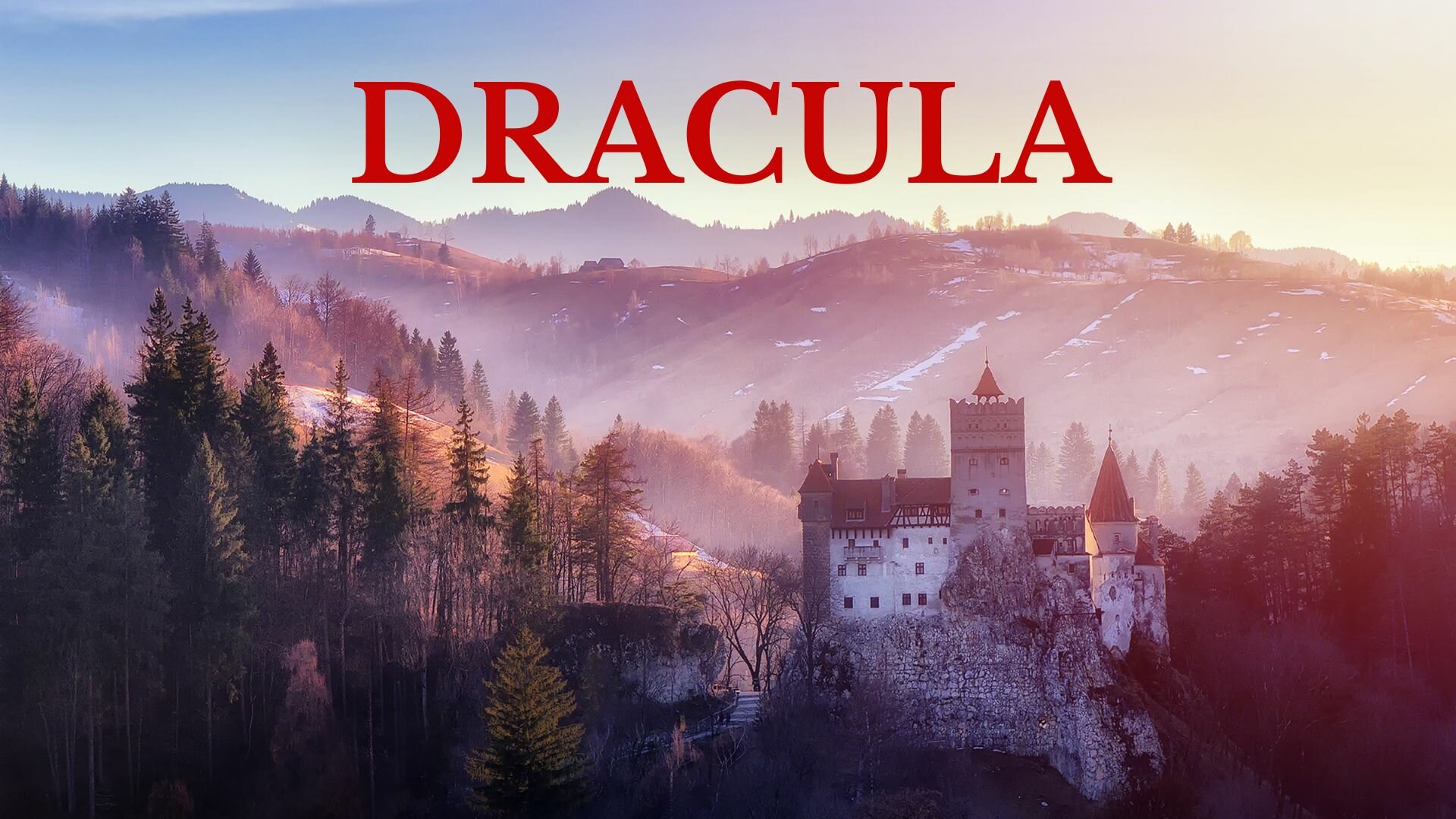From Bram Stoker’s classic novel to countless Hollywood adaptations, Dracula has become an enduring cultural icon known and feared throughout the world as the quintessential vampire. But is the character of Dracula based on a real person? In this article, we will explore the history and mythology surrounding the legend of Dracula and attempt to answer the question: was Dracula real?
Table of Contents
- Introduction
- The Historical Figure of Vlad the Impaler
- Early Life and Rise to Power
- The Reign of Terror
- Legacy and Mythology
- The Fictional Character Dracula
- Bram Stoker and the Writing of Dracula
- The Evolution of the Vampire Mythos
- Pop Culture and the Legacy of Dracula
- The Connection Between Vlad the Impaler and Dracula
- Bram Stoker’s Sources of Inspiration
- The Controversy Over Dracula’s Inspiration
- Other Theories About Dracula’s Origins
- Conclusion
- FAQs
The story of Dracula has captured the imagination of generations, inspiring countless works of literature, film, and television. But behind the fiction lies a rich history of myth and legend, as well as a real-life figure whose deeds have become synonymous with brutality and cruelty. In this article, we will delve into the origins of the Dracula mythos, separating fact from fiction and exploring the real-life events that may have inspired Bram Stoker’s iconic vampire.
| Question | Answer |
|---|---|
| 1. Who was Vlad the Impaler? | Vlad III, also known as Vlad the Impaler, was a ruler of Wallachia in the 15th century and is often cited as a possible inspiration for the character of Dracula. |
| 2. Is there any evidence that Dracula was a real person? | While there are no historical records of a vampire named Dracula, the character is believed to have been inspired by real-life figures such as Vlad the Impaler and Elizabeth Bathory. |
| 3. Did Bram Stoker ever mention Vlad the Impaler as an inspiration for Dracula? | No, Bram Stoker never explicitly mentioned Vlad the Impaler as an inspiration for Dracula, but there is strong evidence to suggest that he was at least partly influenced by the historical figure. |
| 4. Why has Dracula had such a lasting impact on popular culture? | Dracula’s enduring popularity can be attributed to its combination of horror and romance, as well as its influence on the vampire genre as a whole. |
| 5. What other works have been influenced by Dracula? | Dracula has had a significant influence on the vampire genre as a whole, inspiring countless adaptations and spin-offs in film, television, and literature. |
The Historical Figure of Vlad the Impaler

2.1 Early Life and Rise to Power
Vlad III, also known as Vlad the Impaler, was born in Transylvania in the year 1431. He was the son of Vlad II Dracul, a prince of Wallachia, and belonged to the House of Drăculești, a powerful noble family that ruled the region. In 1442, when Vlad III was just 11 years old, his father was assassinated by his political rivals, leading to a period of instability and conflict in Wallachia.
2.2 The Reign of Terror
In 1456, Vlad III became ruler of Wallachia, a position he would hold on and off for the next six years. During his reign, Vlad became known for his extreme cruelty and brutality, particularly in his dealings with enemies and criminals. He was infamous for his preferred method of execution: impalement, in which a large stake was driven through the victim’s body, and they were left to die slowly in agony.
2.3 Legacy and Mythology
Despite his reputation for cruelty, Vlad III was also respected for his military prowess and his efforts to defend Wallachia against the Ottoman Empire. After his death in battle in 1476, he was revered as a hero by some and reviled as a monster by others. Over time, his legend grew, with stories of his cruelty and bloodlust becoming increasingly exaggerated and fantastic.
If you want to learn more about the castles that perfectly capture the essence of Dracula, check out my article “Beneath the Shadow of the Vampire: 10 Castles that Perfectly Capture the Essence of Dracula“.
The Fictional Character Dracula
3.1 Bram Stoker and the Writing of Dracula
Bram Stoker’s novel Dracula was first published in 1897 and has since become one of the most famous and influential horror stories of all time. Stoker drew on a variety of sources for his inspiration, including the legends of vampires and undead creatures that had been circulating in Eastern Europe for centuries.
3.2 The Evolution of the Vampire Mythos
The idea of the vampire has a long and complex history, dating back to ancient civilizations such as the Mesopotamians and the Greeks. In medieval Europe, stories of the undead began to take on a more specific form, with tales of revenants and ghosts that rose from the grave to torment the living. These stories were often associated with disease and death, reflecting the fear and uncertainty of the times.
Over time, the idea of the vampire evolved, with new elements being added to the mythos. One of the most influential of these was the concept of the vampire as a seductive and erotic figure, popularized in works such as John Polidori’s “The Vampyre” and Sheridan Le Fanu’s “Carmilla.” It was this romanticized version of the vampire that Bram Stoker drew on for his novel, creating a character that was both alluring and terrifying.
3.3 Pop Culture and the Legacy of Dracula
Since its publication, Dracula has had an enormous impact on popular culture, inspiring countless adaptations and spin-offs in film, television, and literature. The character of Dracula has become an icon of horror, his image appearing on everything from Halloween costumes to breakfast cereal boxes. The enduring popularity of the vampire genre can be traced back in large part to Stoker’s novel, which helped to cement the image of the vampire as a powerful and charismatic figure.
For a closer look at the various portrayals of Count Dracula in film and television, be sure to check out my article, “Portrayals of Count Dracula on Film and Television.”
The Connection Between Vlad the Impaler and Dracula

4.1 Bram Stoker’s Sources of Inspiration
While Bram Stoker never explicitly identified Vlad the Impaler as the inspiration for his character of Dracula, there is strong evidence to suggest that he was at least partly influenced by the historical figure. Stoker was a well-educated man with an interest in history and folklore and would have been familiar with the stories of Vlad’s reign of terror.
4.2 The Controversy Over Dracula’s Inspiration
Despite the evidence linking Vlad the Impaler to Dracula, there is still debate among scholars and historians over the extent of the connection. Some argue that Stoker simply borrowed elements from the Vlad the Impaler legend, while others believe that he was directly inspired by the historical figure. Regardless of the specifics, it is clear that Vlad’s legacy played a significant role in the creation of the character of Dracula.
4.3 Other Theories About Dracula’s Origins

While Vlad the Impaler is the most commonly cited inspiration for Dracula, there are other theories about the character’s origins. Some scholars have suggested that Stoker was influenced by other literary works, such as Joseph Sheridan Le Fanu’s “Carmilla” or J. Sheridan Le Fanu’s “Varney the Vampire.” Others have pointed to cultural and historical factors, such as the fear of disease and the anxiety of Victorian society.
5 Conclusion
In conclusion, the question of whether Dracula was real is a complex and multifaceted one. While there is no evidence to suggest that the character of Dracula was based on a literal, historical figure, it is clear that Bram Stoker drew on a rich history of myth and legend in the creation of his iconic vampire. Whether through the influence of Vlad the Impaler or other cultural and literary sources, the legacy of Dracula continues to captivate and terrify audiences to this day.
As an Amazon Associate, I earn from qualifying purchases that help keep this content free.
FAQs
- Was Dracula a real person? No, Dracula was a fictional character created by Bram Stoker.
- Was Vlad the Impaler a vampire? No, Vlad, the Impaler, was a historical figure known for his extreme cruelty and use of impalement as a method of execution.
- Did Bram Stoker ever mention Vlad the Impaler as an inspiration for Dracula? No, Bram Stoker never explicitly mentioned Vlad the Impaler as an inspiration for Dracula, but there is strong evidence to suggest that he was at least partly influenced by the historical figure.
- Why has Dracula had such a lasting impact on popular culture? Dracula’s enduring popularity can be attributed to its combination of horror and romance, as well as its influence on the vampire genre as a whole. The character of Dracula has become an iconic figure in horror and is often seen as the quintessential vampire.
- What have other works been influenced by Dracula? Dracula has had a significant influence on the vampire genre as a whole, inspiring countless adaptations and spin-offs in film, television, and literature. Some notable examples include Anne Rice’s “The Vampire Chronicles” and the “Twilight” series by Stephanie Meyer.
Overall, while the question of whether Dracula was a real person remains unanswered, the legacy of the character and its impact on popular culture is undeniable. From the original novel to the countless adaptations and spin-offs that followed, Dracula continues to terrify and fascinate audiences around the world.

For a deeper dive into how Bram Stoker created the iconic character of Dracula, be sure to check out our article “How Stoker Constructed the Character of Dracula.”

